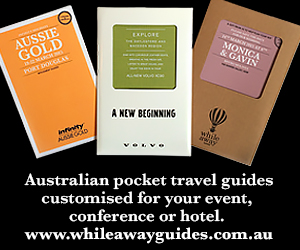Like Wollongong itself, the Sage Hotel, adjacent to one of the great sandy beaches of the coastal city, seems to have arrived at a winning formula – to surprise and delight visitors.
Eighty kilometres south of Sydney, Wollongong is traditionally touted (by locals) as one of New South Wales’s best-kept secrets, but its quickly growing business and leisure tourism industry belies that claim. The four-star Sage Wollongong, arguably the most important MICE hotel in the city, located next to the WIN entertainment complex and football stadium, is likewise experiencing a rapid rise in interest.
 “Our events business is great,” says Jade Gomez (left), the Sage Wollongong’s enthusiastic young conference and event manager. “We’ve had a very good few months where we’ve been running at maximum capacity. We obviously have a significant presence in the local community and get a lot of Sydney business; it’s growing literally by the week.”
“Our events business is great,” says Jade Gomez (left), the Sage Wollongong’s enthusiastic young conference and event manager. “We’ve had a very good few months where we’ve been running at maximum capacity. We obviously have a significant presence in the local community and get a lot of Sydney business; it’s growing literally by the week.”
There’s much to like about the 168-room Sage Wollongong, not least its boundlessly enthusiastic staff and – importantly for many MICE guests, says Jade – the value for money it represents. The conference package full-day rate for meetings in its 13 events venues of diverse sizes (including a ballroom that can take 400 theatre-style) is currently AUD65. That includes morning tea, lunch prepared by a skilled chef, afternoon tea, continuous tea and coffee, basic AV and other “surprise extras”.
“So for example our terrific Melbourne chef has his own protein-ball recipe, and we will offer these to clients as a welcome snack, or we’ll provide cordial stations in the conference rooms, and . . . interactive food stations,” says Jade Gomez. “It may be more work from our end, but we want to show our guests how much we appreciate the business – and make the breaks between meetings more interesting for delegates who’ve been sitting all day.”
 he team is flexible, too, in working to organisers’ budgets, and constantly offers events incentives. “If you spend $10,000 at the moment we’ll offer you free bus transfers, or pre-dinner canapes, two-for-one breakfasts and so on. We’re always trying to give add-ons and to give back.”
he team is flexible, too, in working to organisers’ budgets, and constantly offers events incentives. “If you spend $10,000 at the moment we’ll offer you free bus transfers, or pre-dinner canapes, two-for-one breakfasts and so on. We’re always trying to give add-ons and to give back.”
The hotel’s events spaces range from a private dining room and spacious terrace where hosts can set up a bar, to the ballroom that can take up to 500 for cocktails. Some have natural light and many have the new 75-inch TVG screens, projectors and the latest in conference aids. The bedrooms, in a variety of configurations, have clean lines and pale colours that match the brand well. “We steer away from the normal; we’re not just the everyday normal, shall I say, boring, hotel. You see it in the fresh brand and in the attitude of the team members who work here.”
Why Wollongong? For a start there’s much to do, says Jade. The hotel is centrally located, adjacent to a beautiful beach, five minutes walk from a major shopping hub and close to many good eateries. “We don’t just sell the venue, we try to sell the destination,” she says.
“Wollongong is continually expanding, changing and updating, which fits well with our brand and model of meet, eat and explore.”
The beautiful coastal location and relatively light traffic make it a pleasant change from hustle-and-bustle of bigger cities, she adds, with rugged escarpments, heritage-listed parks, bush walks and sky diving and surfing schools providing options for delegates’ activities. A street market nearby on Thursdays showcases local produce. “And we’re only a hour’s drive from Sydney airport, or an easy train ride.”
 The Sage team works closely with the WIN stadium and entertainment centre next door, supplying accommodation, car parking and so on. “We’ll often accommodate concert crews, and recently welcomed all the dancers and crew for the concert of pop singer Cher. In this respect we also have a good relationship with competitors in the area and liaise with them on functions and events – we’ll do lots more business like this is the next year. In addition, many people pop in here for drinks or something to eat before events.”
The Sage team works closely with the WIN stadium and entertainment centre next door, supplying accommodation, car parking and so on. “We’ll often accommodate concert crews, and recently welcomed all the dancers and crew for the concert of pop singer Cher. In this respect we also have a good relationship with competitors in the area and liaise with them on functions and events – we’ll do lots more business like this is the next year. In addition, many people pop in here for drinks or something to eat before events.”
For those who’d prefer to relax around the hotel there are two restaurants – the Coldwater Creek Restaurant and Bar and the Five Islands Room and Terrace – with well-priced menus, as well as fitness facilities, a heated outdoor lap pool and business centre.
Much of the MICE business is local and from around the region though interest from Asian PCOs is growing quickly, says Jade. “We’ve brought on a new business development manager who’s been developing a range of opportunities, particularly from China,” she says.
“We’re currently seeking to attract more wedding business and to that end are currently updating our weddings packages. With social media, wedding organisers have become more aware of what it is they’re looking for in a venue and we’re looking to meet those needs.”
From AUD59 per day
Half-day delegate packages start from $59 but the Sage almost always has special offers, says Jade, and is flexible and happy to consider offers and work to strict budgets. Room rack rates online are around $250 per night, but Jade and colleagues likewise offer deals on these.
Although the conference team runs promotions all year round, winter is generally a better time for really good deals. “The worst we can say is no, or great offer alternatives. More often than not we’re flexible and work to meet organisers’ needs.”
Sage hotels in Australia form part of the Next hotels and resorts group, with properties across Australia and southeast Asia.
More info, click here.
Email: reservations.wollongong@sage-hotels.com

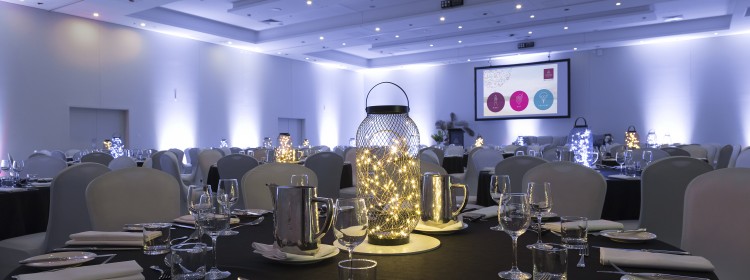


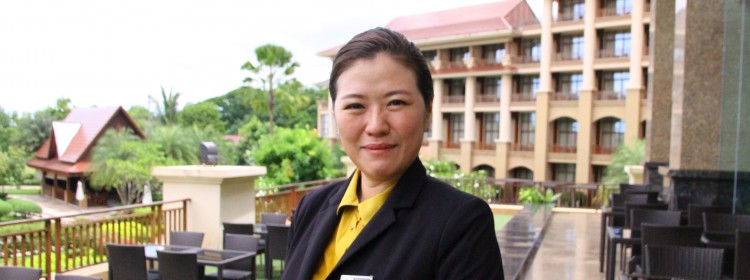



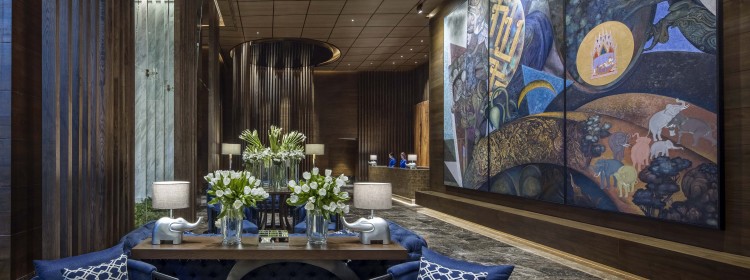




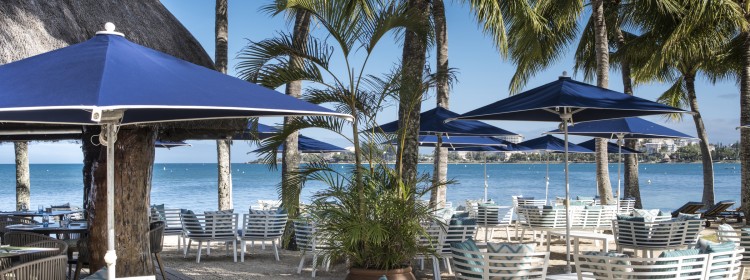




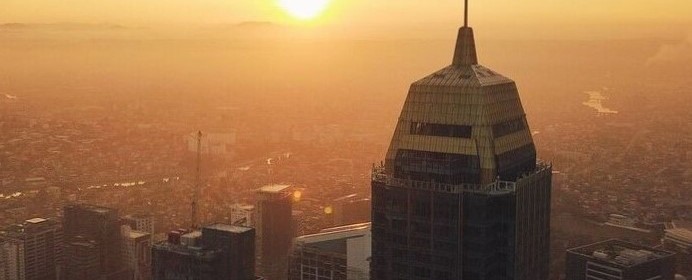




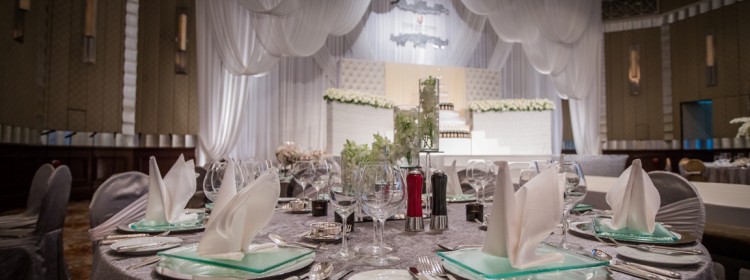




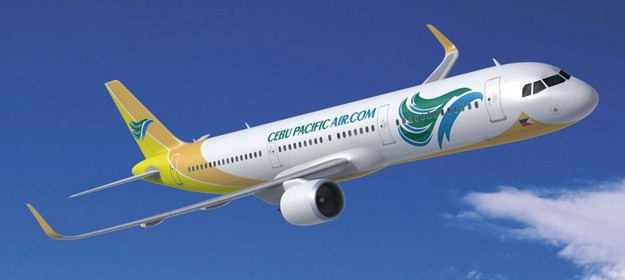



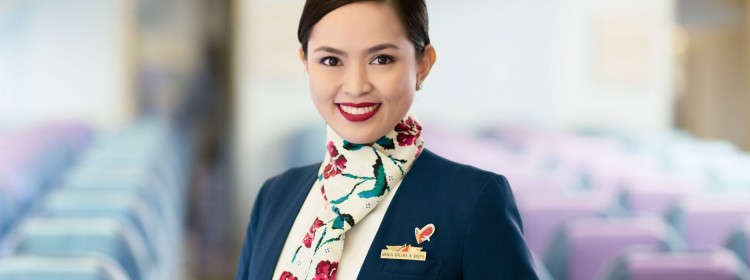





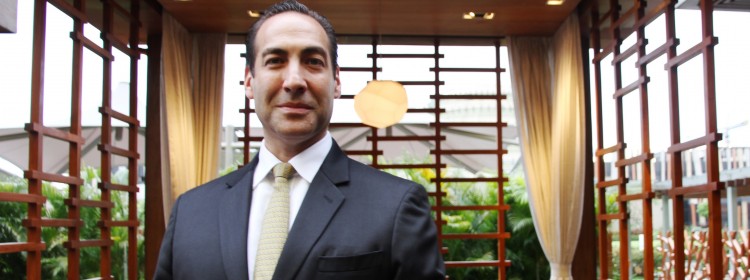

 We have the F&B, the entertainment and DreamPlay [pictured left and below, a family play space with attractions also suited to teambuilding activities] which is a first in the world. Couple that with the service we provide. In my opinion, and of course I’m biased, it’s a no-brainer. Why not come here?
We have the F&B, the entertainment and DreamPlay [pictured left and below, a family play space with attractions also suited to teambuilding activities] which is a first in the world. Couple that with the service we provide. In my opinion, and of course I’m biased, it’s a no-brainer. Why not come here?
 I’m proud of my luxury hotel experience which covers the gamut of line staff positions – security, night manager, housekeeping, guest services. We’re all professionals. A house keeper is not a maid; he or she is someone who provides a professional service.
I’m proud of my luxury hotel experience which covers the gamut of line staff positions – security, night manager, housekeeping, guest services. We’re all professionals. A house keeper is not a maid; he or she is someone who provides a professional service.
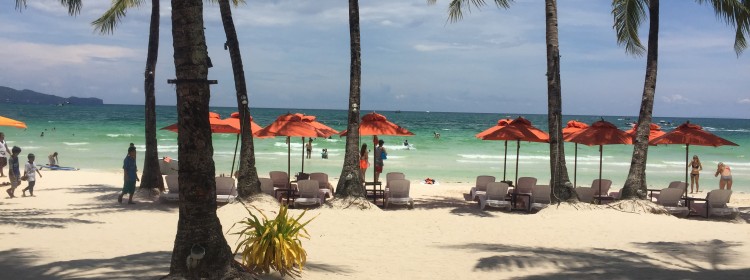

 There’s a serene lap pool as well as a spa and fitness centre, and two restaurants serve as well-priced alternatives to the plethora of other outlets that front onto White Beach.
There’s a serene lap pool as well as a spa and fitness centre, and two restaurants serve as well-priced alternatives to the plethora of other outlets that front onto White Beach.
